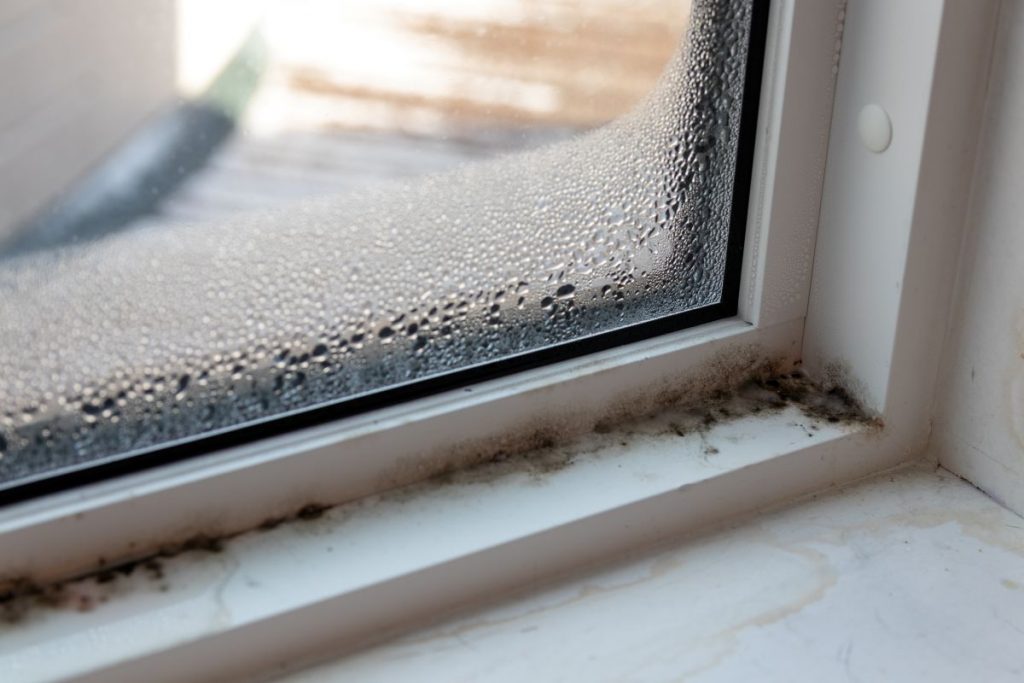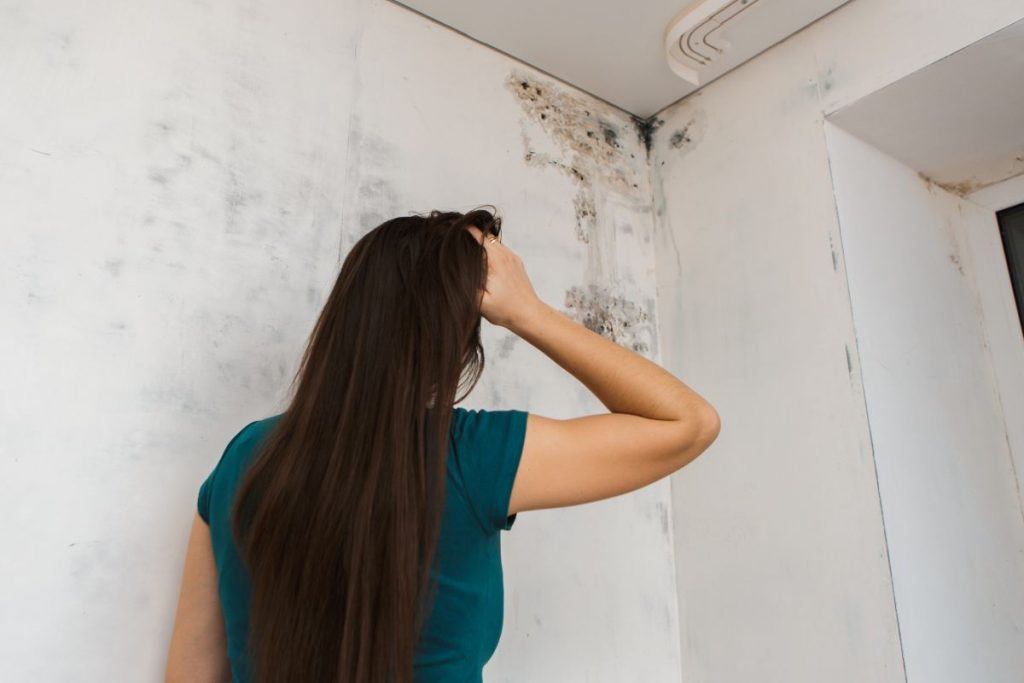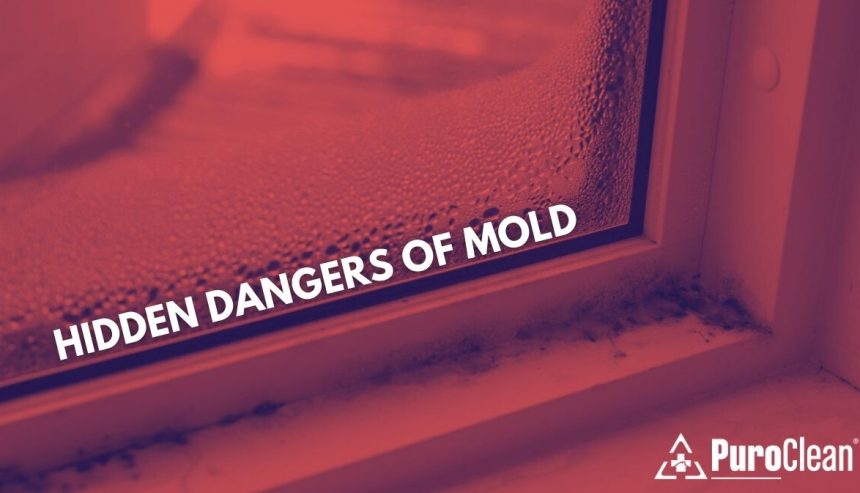
Florida’s sunshine draws millions of people to live here—but so does the heat and humidity. Unfortunately, those same conditions make Florida a perfect breeding ground for mold growth in homes. Understanding the dangers of mold in Florida is the first step in protecting your home, your health, and your peace of mind. Mold isn’t just an unsightly problem. Left unchecked, it can cause serious damage to your property and pose significant health risks.
Why Mold Is So Common in Florida
Florida homeowners face unique challenges when it comes to mold:
- High humidity levels: Mold thrives in environments with over 60% humidity, which Florida hits nearly year-round.
- Frequent rain and storms: Heavy rainfall and hurricanes often lead to roof leaks and flooding.
- Warm climate: Mold grows quickly in warm, damp environments, making Florida one of the highest-risk states for mold infestations.
Even small leaks behind walls or poorly ventilated bathrooms can create the perfect environment for colonies to spread.
The Hidden Dangers of Mold
Mold doesn’t just sit on surfaces—it actively damages and contaminates your home. Here’s how:
- Structural Damage
- Mold feeds on organic materials like wood, drywall, and insulation.
- Over time, it can weaken structural integrity and cause costly repairs.
- Indoor Air Quality
- Mold releases spores into the air, which can spread throughout your HVAC system.
- This leads to widespread contamination and poor air quality inside your home.
- Health Risks
- Mold exposure can trigger respiratory issues, allergies, and asthma attacks.
- Symptoms often include coughing, eye irritation, congestion, and skin rashes.
- Long-term exposure may increase risk for more severe health conditions, especially in children, the elderly, and immunocompromised individuals.
Signs You Might Have Mold in Your Florida Home
Since mold often hides behind walls, under flooring, or in attics, it can be tricky to spot. Watch for:
- Musty, earthy odors
- Discoloration or spotting on walls and ceilings
- Warped drywall or bubbling paint
- Increased allergy or asthma symptoms indoors
If you notice any of these warning signs, it’s time to call in a professional.

How to Prevent Mold in Florida Homes
While Florida’s environment makes mold hard to avoid, you can take proactive steps:
- Keep indoor humidity below 50% using dehumidifiers.
- Ensure bathrooms, attics, and kitchens are properly ventilated.
- Regularly check for roof leaks, window condensation, and plumbing issues.
- Schedule routine inspections after storms, floods, or water damage.
What to Do If You Discover Mold
DIY cleaning solutions may handle small surface mold, but larger infestations require professional remediation. At PuroClean of New Port Richey, we follow strict IICRC S520 standards for mold removal. Our team isolates affected areas, removes contaminated materials, and restores your home to a safe, healthy condition.
Florida’s climate makes mold nearly unavoidable—but it doesn’t have to take over your home. By staying aware of the dangers of mold in Florida and acting quickly when you spot signs, you can protect both your property and your health.
📞 If you suspect mold in your home, call PuroClean of New Port Richey for a professional inspection and remediation. We’re here to help you breathe easier—literally.




 PuroClean of New Port Richey
PuroClean of New Port Richey